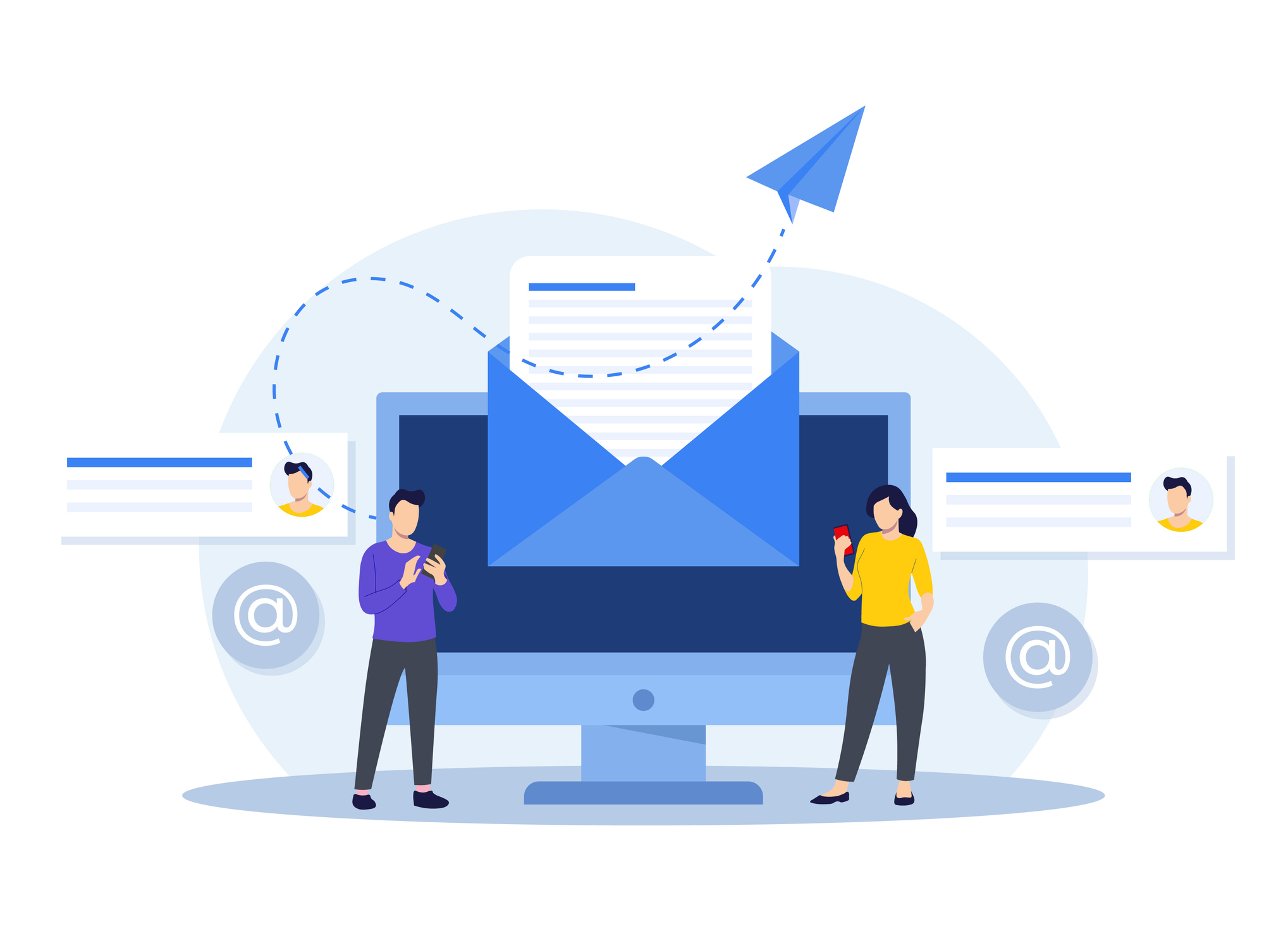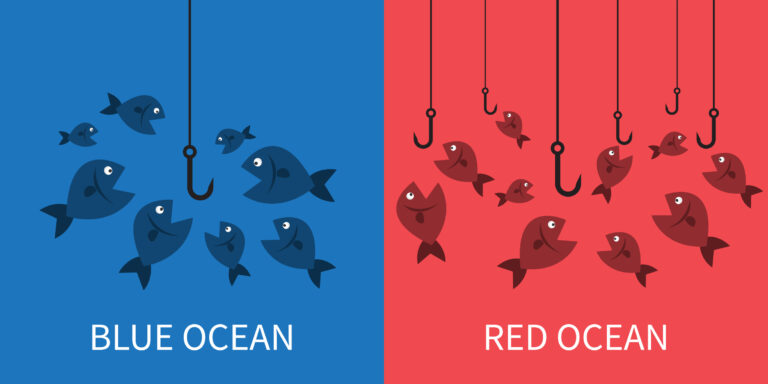Understanding the difference between transactional and marketing emails is essential for any business aiming to strengthen customer relationships and boost engagement. While both are delivered to inboxes, they serve fundamentally different purposes—and require distinct strategies.
In this 2025 guide, you’ll learn the core differences, performance metrics, legal requirements, and best practices for both types. You’ll also discover how to use them together to create a seamless customer journey.
🔑 Key Takeaways:
- Transactional emails achieve 80–85% open rates—3x higher than marketing emails—because they deliver expected, action-triggered information.
- The core difference is intent: transactional emails respond to user actions (e.g., order confirmations), while marketing emails are sent proactively to lists.
- Mixing promotional content into transactional messages risks spam complaints, compliance violations, and poor user experience.
- The most effective email strategies combine both types to support the full customer lifecycle.
What Are Transactional and Marketing Emails?
Before comparing them, let’s clarify what each type is—and isn’t.
Transactional Email
Transactional emails are one-to-one communications triggered by a user’s action. They deliver essential information that completes a process, such as an order confirmation email, password reset, or account update.
For example, when a customer buys a product, they instantly receive a confirmation with order details, shipping info, and tracking. These messages are not sent to lists—they’re automated responses to specific interactions.
Marketing Email
Marketing emails are promotional messages sent to subscribers to drive engagement, promote products, or nurture brand loyalty. These include newsletters, product launches, seasonal offers, and re-engagement campaigns.
For a comprehensive overview of email marketing and its various types, read our guide on what is email marketing to understand how both transactional and marketing emails fit into your overall strategy.
Unlike transactional emails, marketing messages are sent to segmented lists and must comply with anti-spam laws like CAN-SPAM and GDPR.
Key Differences: Transactional vs Marketing Email
Understanding these distinctions is critical for compliance, deliverability, and user experience.
| Feature | Transactional Emails | Marketing Emails |
|---|---|---|
| Purpose | Confirm completed actions | Promote products and content |
| Timing | Instant, action-triggered | Scheduled campaigns |
| Audience | Individual users | Subscriber lists |
| Open Rate | 80–85% | 15–25% |
| Content Focus | Order confirmations, receipts, alerts | Newsletters, promotions, offers |
| Legal Requirements | Minimal (must be transactional) | Strict (CAN-SPAM, GDPR) |
| User Experience | Essential, expected | Engaging, persuasive |
| Frequency | Event-based | Regular cadence |
Core Purpose and Content Differences
The main difference lies in intent:
- Transactional emails deliver information about actions users have already taken.
- Marketing emails aim to influence future behavior—like making a purchase or reading content.
One informs. The other persuades.
Examples of Transactional Emails
These are automated, user-triggered messages. Every business relies on them for trust and clarity.
Order Confirmation Email
Instant confirmation after purchase. Must include:
- Order number and items
- Total amount and taxes
- Shipping timeline
- Support contact and tracking link
A clean, branded confirmation builds trust and reduces support queries.
Feedback Request
Sent post-delivery. Qualifies as transactional if tied to a specific order. Include:
- Purchase reference
- Review link
- Incentive (optional)
- Clear terms
Identity Verification
Used in double opt-in flows. Must have:
- Clear instructions
- Time-limited link
- Unsubscribe option
- Brand identity
Password Reset
User-initiated and time-sensitive. Best practices:
- Secure, expiring link
- Branded design
- Alternative contact method
Account Notifications
Alerts for logins, policy changes, renewals. Examples:
- Login from new device
- Subscription renewal reminder
- Monthly statement
Examples of Marketing Emails
Proactive messages designed to engage, convert, and retain.
For inspiration on creating high-converting marketing campaigns, check out these email marketing examples that convert from successful brands in 2025.
Platforms like Nova Express help automate and optimize these campaigns with A/B testing, segmentation, and analytics. If you’re new to email campaigns, learn how to start your first email campaign with our beginner-friendly guide.
Newsletter
- Curated content
- Subtle CTAs
- Consistent branding
- Educational + promotional mix
To create effective newsletters that engage subscribers, explore our collection of 250+ free email templates designed for different campaign types and audiences.
New Product Launch
- High-quality visuals
- Clear value proposition
- Early access or discount
- Strong CTA
Seasonal Promotions
- Holiday-themed design
- Urgency (e.g., “24 hours left”)
- Mobile-first layout
- Exclusive subscriber deals
Re-engagement Campaign
- Personalized subject line
- “We miss you” messaging
- Special offer
- Preference center link
Want to send both transactional and marketing emails seamlessly? Nova Express combines high deliverability with automation, compliance tools, and real-time analytics.
Performance: Transactional vs Marketing Email
Open Rates
- Transactional: 80–85% — expected and urgent
- Marketing: 15–25% — depends on relevance and timing
Click-Through Rates (CTR)
- Transactional emails: Lower CTR — focused on information
- Marketing emails: Higher CTR per open — multiple CTAs and offers
Deliverability
- Transactional: High inbox placement (trusted, low spam complaints)
- Marketing: Risk of spam filters (requires list hygiene and compliance)
User Experience
- Transactional emails build trust through reliability.
- Marketing emails maintain engagement and brand presence.
- Together, they create a complete communication ecosystem.
Legal Requirements
Transactional Emails
Must:
- Be primarily transactional
- Include sender info
- Avoid misleading subject lines
⚠️ Adding too much promotion can reclassify them as marketing under CAN-SPAM.
Marketing Emails
Must comply with:
- CAN-SPAM: Physical address, clear opt-out, honest subject lines
- GDPR: Explicit consent, data transparency, right to be forgotten
- Best Practices: Double opt-in, preference centers, regular list cleaning
Learn more: Data Privacy & Security in Email Marketing
Best Practices
For Transactional Emails
- Send immediately
- Keep design clean and mobile-friendly
- Include all key details
- Use consistent branding
- Monitor delivery and open rates
For Marketing Emails
- Segment your audience
- Personalize subject lines and content using the power of personalization in email marketing to increase engagement and conversions
- Test timing and frequency
- Balance value and promotion
- Respect unsubscribe requests instantly
Email segmentation is key to higher open rates and better targeting of your marketing messages to the right audience at the right time.
Common Mistakes to Avoid
Mixing Email Types
Problem: Adding banners or product links to order confirmations.
Solution: Keep transactional emails focused. Use behavioral triggers for relevant promotions.
Poor Timing
Send transactional emails instantly. Schedule marketing emails based on user behavior and time zones.
No Mobile Optimization
Over 60% of emails are opened on mobile. Test layouts on all devices.
Ignoring Analytics
Track opens, clicks, delivery, and conversions. Use data to refine strategy.
However, avoid common email marketing mistakes that can undermine even the best campaigns, whether transactional or marketing.
How to Choose the Right Email Type
✅ Use Transactional Emails When:
- Confirming a purchase or signup
- Delivering time-sensitive info
- Responding to user requests
✅ Use Marketing Emails When:
- Promoting a product
- Nurturing leads
- Re-engaging inactive users
Hybrid Strategies (Done Right)
- Transactional-Plus: Add 1–2 product recommendations in order confirmations
- Behavioral Marketing: Trigger a discount email after cart abandonment
Key: Keep the primary purpose clear.
Build an Integrated Email Strategy
The most successful brands use both types strategically:
- Infrastructure: Reliable delivery, authentication (SPF/DKIM), analytics, and email marketing efficiency to scale without breaking the bank
- Content: Clear voice, value-driven messaging, consistent branding
- Audience: Segmentation, preference centers, list hygiene
Measure Success
- Transactional: Delivery rate, open rate, support ticket reduction
- Marketing: CTR, conversion rate, revenue per email, list growth
To track your campaigns effectively, understand the 10 key email marketing metrics to analyze for data-driven optimization and continuous improvement.
Frequently Asked Questions
What’s the main difference between transactional and marketing emails?
Transactional emails respond to user actions like order confirmations, password resets, or shipping updates.
Marketing emails are sent proactively to promote products, content, or offers.
Key difference:
- Transactional = reactive, expected, high urgency
- Marketing = proactive, promotional, opt-in required
Understanding this helps you manage deliverability, compliance, and customer expectations.
Why do transactional emails have higher open rates?
Because users expect them and often need the information like a tracking number or invoice.
This urgency drives open rates of 80–85%, far above marketing emails.
The key is relevance: transactional emails deliver immediate value, making them one of the most reliable touchpoints in your customer journey.
Can I add promotional content to transactional emails?
Minimal, relevant promotions (e.g., “You may also like”) are acceptable but only if the email remains primarily transactional.
If the promotional content outweighs the core message, the email may be flagged as marketing risking deliverability and compliance (CAN-SPAM, GDPR).
When in doubt: keep it light, relevant, and secondary.
Are transactional emails compliant with GDPR?
Yes — because they are part of contract fulfillment, not marketing.
GDPR allows transactional emails without prior consent, as long as they are necessary for the service.
However:
❌ Do not add marketing content without consent
✅ Keep the focus on the user’s action (e.g., order, sign-up)
Can transactional emails improve customer experience?
Absolutely. Fast, clear, and well-branded transactional emails:
- Build trust
- Reduce customer effort
- Reinforce professionalism
- Lower support tickets
A smooth post-purchase experience starts with a great transactional email it’s not just delivery; it’s branding and care.
Transactional emails build trust. Marketing emails drive growth. Keep them separate, optimize both.
Conclusion
Transactional and marketing emails are not rivals they’re partners in building strong customer relationships.
Transactional emails deliver trust and clarity. Marketing emails drive engagement and growth. When used correctly—and kept separate where needed—they form a powerful communication engine.
Focus on value, timing, compliance, and user experience. Avoid mixing types recklessly. And use tools like Nova Express to manage both with precision.
Ready to optimize your email strategy for 2025? Start with Nova Express and build campaigns that convert, comply, and connect.
About the author
Serafima Osovitny is a content and email marketing specialist at Nova Express. With over 10 years of experience in content creation and a cross-industry perspective, she shares insights about email marketing and e-commerce. In her free time, she enjoys traveling and exploring bookstores. Follow her on Twitter: @OSerafimaA.









Saved me hours of research. Thanks for the clear examples and best practices!
Thank you for sharing.